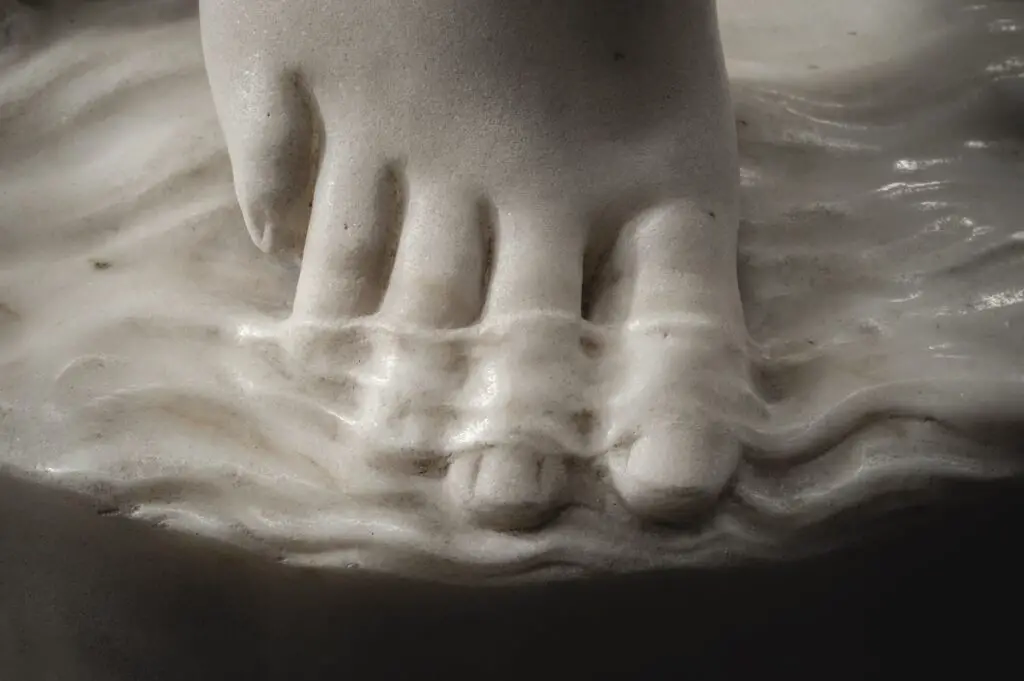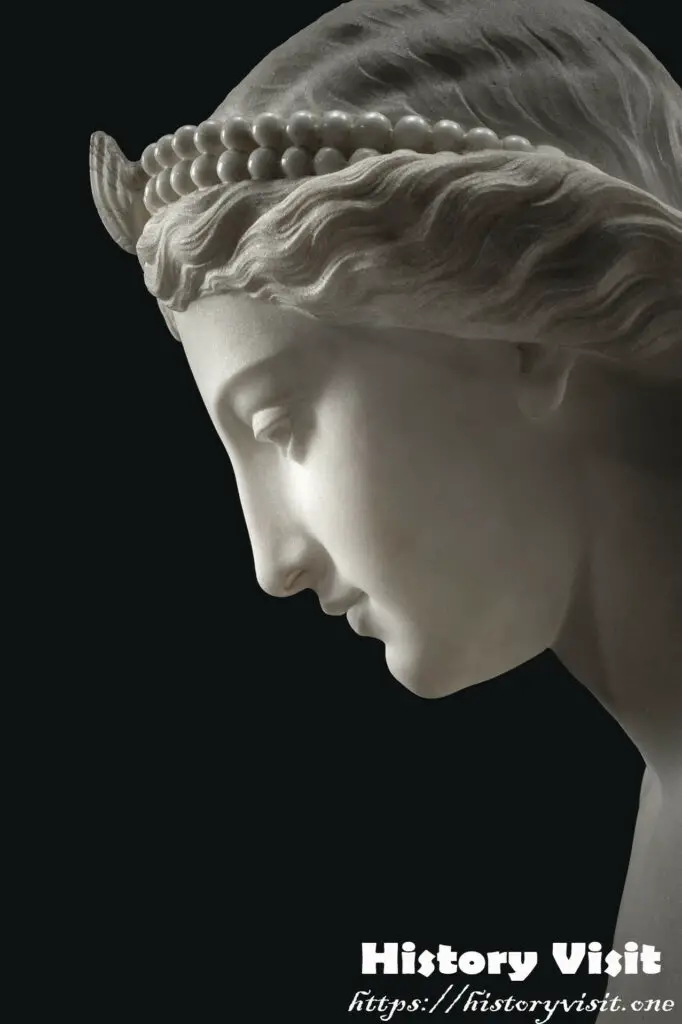Giovanni Battista Lombardi’s Nymph: A Symphony of Elegance and Artistry in 19th Century Europe

Introduction: Unveiling the Historical Tapestry
In the heart of the 19th century, amidst the cultural fervor of Europe, the creation of the Nymph statue by Giovanni Battista Lombardi marked a pivotal moment in the realm of art. This magnificent sculpture, born in the hands of Lombardi in 1880, became a symbol of beauty and sophistication, standing as a testament to the artistic brilliance of its creator. To truly appreciate the significance of this masterpiece, one must delve into the historical backdrop that led to its creation and explore the life and works of Giovanni Battista Lombardi.
The Historical Tapestry: A Glimpse into the 19th Century
The 19th century was an era of profound transformation across Europe, marked by industrialization, political upheavals, and a burgeoning interest in the arts. It was against this backdrop that the Nymph statue found its place, serving as a reflection of the period’s romantic ideals and artistic expression. The construction of such statues was often commissioned by aristocrats or patrons seeking to immortalize beauty and grace in tangible form, symbolizing a connection between the divine and the mortal.
Giovanni Battista Lombardi: A Maestro of Artistic Expression
At the helm of this exquisite creation was Giovanni Battista Lombardi, an Italian sculptor born in 1823. Lombardi, known for his adeptness in capturing the essence of beauty, had already carved a niche for himself in the art world with his earlier masterpieces. One of his notable works included the breathtaking “Eternal Harmony,” a sculpture that showcased his mastery over form and emotion. Lombardi’s reputation as a skilled sculptor set the stage for the creation of the Nymph statue, a pinnacle of his artistic journey.
Crafting Elegance: The Nymph Statue as an Artistic Marvel

The creation of the Nymph statue was a labor of love for Lombardi, who poured his skill, talent, and dedication into every chisel mark. The sculpture, carved from the finest Carrara marble, came to life with a sense of ethereal grace and serenity. Lombardi’s meticulous attention to detail, from the delicate curves of the nymph’s form to the flowing drapery that seemed to dance with the wind, spoke volumes about the artist’s commitment to perfection.
The skill exhibited in the statue’s craftsmanship showcased Lombardi’s ability to breathe life into stone. Every contour and every delicate feature evoked a sense of realism that transcended the boundaries of traditional sculpture. The nymph, frozen in a moment of eternal beauty, became a testament to Lombardi’s ability to capture fleeting moments and encapsulate them in everlasting art.

Impact on the World: Lombardi’s Legacy in European Art
The Nymph statue, with its timeless elegance, left an indelible mark on the world of art, influencing subsequent generations of sculptors and enthusiasts alike. Lombardi’s innovative approach to combining classical aesthetics with a touch of romanticism resonated with art lovers across Europe. The statue became a beacon of inspiration for artists seeking to infuse their works with a sense of emotion and vitality.
Lombardi’s contribution to European art extended beyond the confines of his studio. The Nymph statue, displayed in prominent galleries and public spaces, became a cultural touchstone, sparking discussions on the intersection of beauty, nature, and humanity. The ripple effect of Lombardi’s masterpiece could be felt in the evolving landscape of European art, where a new appreciation for the harmonious blend of classical techniques and emotional depth took root.
Conclusion: A Timeless Ode to Beauty

In the annals of art history, Giovanni Battista Lombardi’s Nymph statue stands as a timeless ode to beauty and grace. Born from the hands of a master sculptor during a pivotal period in European history, this masterpiece encapsulates the spirit of an era and the genius of its creator. Lombardi’s dedication, skill, and talent converged to create a sculpture that transcends the boundaries of time, inviting viewers to contemplate the enduring allure of beauty.
As we marvel at the Nymph statue today, we are reminded of the transformative power of art—the ability of a skilled artist to carve not just stone but emotions, capturing the essence of fleeting moments and immortalizing them for generations to come. Lombardi’s legacy, embodied in the Nymph, continues to inspire artists and art enthusiasts, inviting us to explore the delicate dance between form and feeling, between the eternal and the ephemeral. In the hands of a master like Lombardi, art becomes not just an object of admiration but a profound expression of the human spirit, resonating across time and space.


